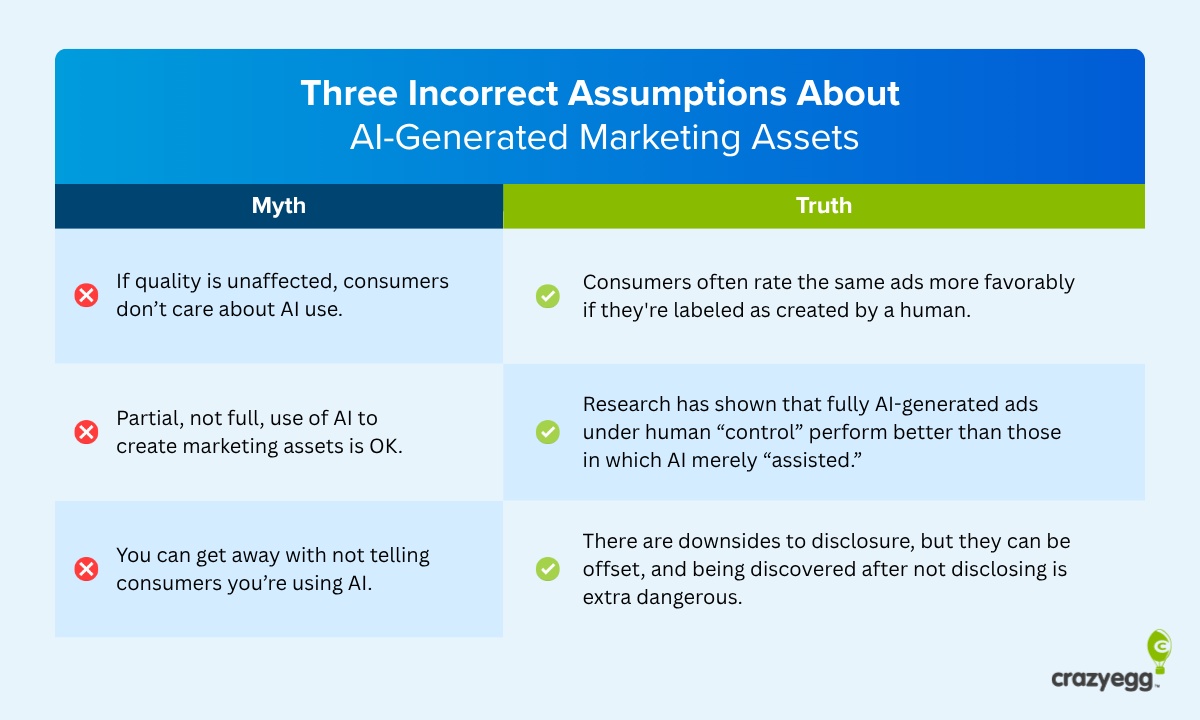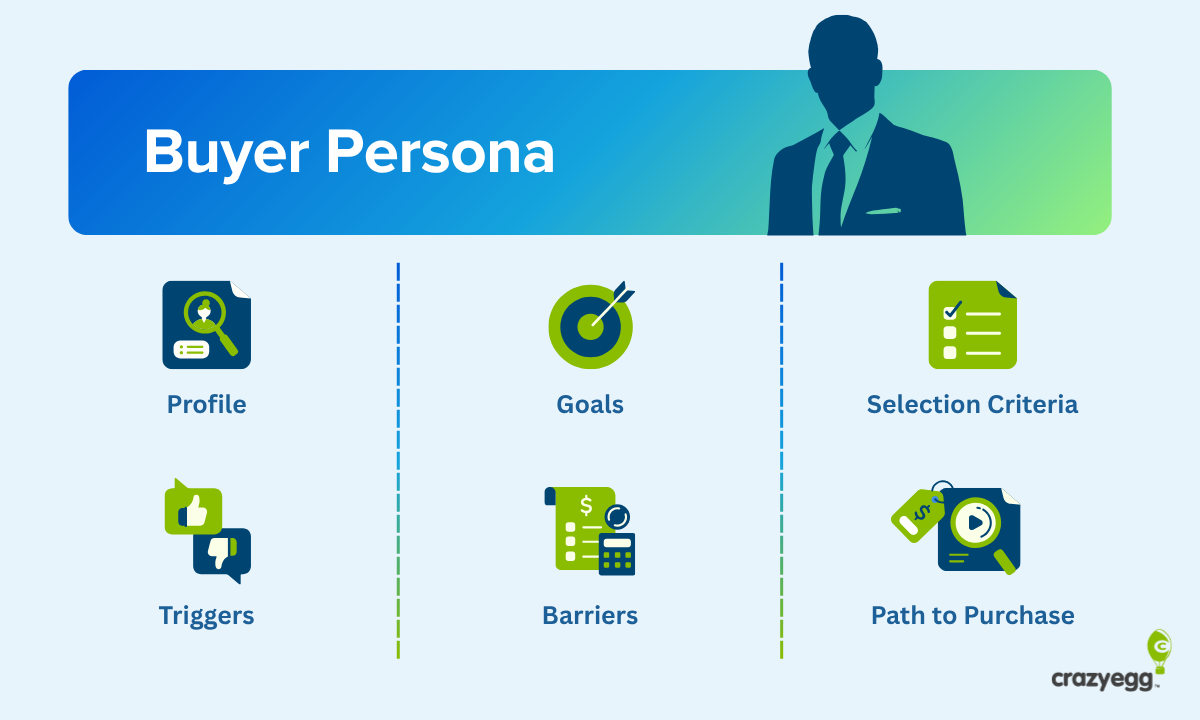People spend their money in different ways. Some people will throw their money around without a care. Other people save their money like a scrooge.
Customer’s spending habits have a big impact in the way you market your product online.
Every person who visits your landing page or website is going to have a certain amount of money, a certain perspective on money, and a certain tendency to spend that money (or not) based on those characteristics.
You, as the marketer, can influence their spending behavior, but only if you cater to their spending predispositions.
That’s why you need to understand the three main types of buyers. Research indicates that there are two extremes of spending — those who spend freely and those who spend carefully.
Most people are somewhere in the middle, comprising the broad three types of buyers. Knowing who’s who will help you better market your products.
What I’m suggesting is an advanced form of market segmentation. Just as you cater to certain market segments based on demographic features, you can also cater directly to certain types of buyers.
I’m going to show you how to do this.
First, I’m going to explain the three types of buyers. Then, I will explain their characteristics. Next, I’ll share some pointers on how you can appeal to each buyer type. Finally, I’ll provide a little insight into how to understand the buyer types that are frequenting your business or website.
There are three types of buyers.
The first thing to understand is that there are three main types of buyers: the average spenders, the spendthrifts, and the tightwads.
The labels here are probably enough explanation, but let me dig in a little deeper so you can understand how these three types of buyers can influence your marketing efforts.
Spendthrifts — 15% of the population
In the first place, you have spendthrifts. This group is the smallest percentage of buyers, but they are the most fun to market to. Why? Because they spend with no hesitation.
Spendthrifts feel little to no “pain” in making a purchase. This is the main reason that spendthrifts are spendthrifts. It’s unfortunate that people tend to judge spendthrifts with epithets such as “selfish” or “materialistic” or “compulsive.” It’s more accurate to describe spendthrifts in terms of where and when they experience pain in the purchase process.
They don’t feel pain leading up to the purchase. In other words, they do not anticipate purchase pain. If they do feel pain, it’s not until after the purchase is finalized.
The driving force of a spendthrift is their lack of buying pain. They don’t feel a twinge of remorse when they pull out their credit card to make a purchase. Thus, they spend easily and freely.
Tightwads — 24% of the population
On the other end of the buyer spectrum are the tightwads.
Tightwads do not enjoy spending money. They perceive money as a non-renewable resource. It’s meant for saving, not spending.
The reason why tightwads hate to pull out their wallet is because spending hurts. They feel a high level of buyer’s remorse, which can happen before, during, or after a purchase, but especially before.
Often, such tightwad tendencies are irrational, but that’s because pain doesn’t affect people on a rational basis. (Pain affects us emotionally, not rationally.) This is true for spendthrifts, too, only in the opposite way.
Tightwads who are in firm control of their thinking can be persuaded, but it’s hard. I’ll provide a few tips in the section, “How to Appeal to Each Buyer Type,” towards the end of this article.
Average Spenders — 61% of the population
Now we come to the average Joe spender. This is where the majority of people are.
Average spenders are more likely to respond to persuasion and make an informed decision. Spendthrifts and tightwads have both already made up their mind, sort of. There’s little you can do to persuade them. The spendthrift has decided to buy. The tightwad has decided not to buy.
The average spender, however, is ready to think about it. This is where you put forth your greatest effort.
Is it all this tidy?
This all sounds rather neat and clean — three types of buyers, nice little statistics.
In the real world, it’s not all that tidy. Here are some of the caveats:
- Some people can be both spendthrift and tightwads, just in different areas of spending.
- The three types of buyers aren’t quite this distinct. Most consumer researchers see a scale or continuum between the two extremes.
- Buyer behavior can change based on demographic features such as age, income, occupation, and other factors.
In other words, we’re all at different points on a continuum, depending on what product it is and where we’re at in life. This means things are a little more complicated than a simple pie graph.
In spite of this, we can make some fairly accurate assessments of buyer behavior based on studies. The study from which most of my data is drawn is the excellent paper, “Tightwads and Spendthrifts,” by Scott Rick, Cynthia Cryder, and George Loewenstein of Carnegie Mellon University.
In the discussion below, I’m going to focus on the two noticeable extremes of buyers — spendthrifts and tightwads. Understanding the average spender is as straightforward as thinking of a mashup of tightwad and spendthrift.
If we can understand the extremes, we can identify the middle.
Characteristics of the Buyer Types
Now it’s time to explore each of these buyer types. Besides just being “spendthrifts” or “tightwads,” what are their specific characteristics?
Spendthrifts
Spendthrifts are spendthrifts, no matter how much money they make.
Spendthrifts have a wide range of incomes. There are tightwads all along the income spectrum. You can have rich spendthrifts and poor spendthrifts.
The rich spendthrifts are more noticeable, because the objects on which they spend their money are more lavish — yachts, houses, vacations, etc. Spendthrifts in a lower income strata make purchases that, when compared to their total income, are actually just as extreme.
It doesn’t matter how much income the spender has. Their purchasing habits are just as likely to be in full force whether they make $10,000 per year, or $500,000 per year.
Image from Social Science Research Network
Note: In the chart above “unconflicted” refers to what I call “average spenders.”
They don’t think about the consequences of spending, but rather the benefit of gaining the product or service.
Spendthrifts really do think long and hard about a purchase. They may even wait to make a purchase, carefully considering it.
But what are they thinking about? They are thinking about the joy and delight of the purchase, not the pain. They consider everything after the point of purchase. That’s one of the reasons why they have no pain; they’re focused on the pleasure.
Spendthrifts are usually younger.
Studies on spendthrifts indicate that younger buyers are more likely to be spendthrifts than older buyers.
Often a person may pass through several gradations of spending styles as they age. For example, a 20-something will have a spendthrift stage, but this style of spending will level out in later life.
Another issue to keep in mind is that someone may be a spendthrift in one area, but not another. Ironically, a spendthrift may be extremely cautious and controlled in, say, food expenditures, but have no problem spending thousands of dollars on electronic gadgetry.
In college, spendthrifts are more likely to study the humanities, communication, and social work.
These fields of study — more art and less science — do not require rigorous attention to metrics, numbers or other features. Instead, they are more related to feeling and emotion.
Spendthrifts lack self-control in spending situations.
In any other situations, spendthrifts may be able to exercise high levels of self-control. When it comes to spending, however, they have difficulty exerting any level of control. Their main controls in spending situations are strict economic factors such as a maxed out credit card or a low credit score.
Spendthrifts are more likely to carry debt.
According to the research nearly 60% of spendthrifts have a balance on their credit card. In fact, a full 8% of spendthrifts have over 20,000 in credit card debt.
Image from Social Science Research Network
Spendthrifts aren’t savers.
It’s probably obvious that spendthrifts aren’t savers. Just as they don’t feel the pain of purchasing, they don’t feel the pain of not saving either. Anticipating purchase pain of any kind is unlikely.
Tightwads.
Tightwads are more likely to have a bachelor’s degree.
Education and spending habits are correlated. More tightwads have a college education than spendthrifts. This doesn’t indicate intelligence levels, as much as it does overall life foci and objectives. Ironically, however, those who do attend college have made or are making a very big, very expensive, and often debt-laden purchase — education itself.
In college, tightwads are more likely to study engineering, computer science, or natural science.
Contrast this with the field of study for spendthrifts — humanities, communication, and social work. There is a clear difference between engineering and social work.
Tightwads tend to feel the pain of a purchase just before they make the purchase.
Spendthrifts, as I mentioned above, don’t feel this pain until after they make the purchase. This moment of pain can prevent the purchase, in the case of tightwads. For spendthrifts, however, it’s too late.
Tightwads are often overly self-controlled.
Their powers of self-control are so strong, at least in the area of spending money, that they can’t suspend their powers of self-control when it would be beneficial to do so.
Tightwads are savers.
A surprising 28% of tightwads have over $250,000 in savings. Where the spendthrifts don’t save, the tightwads surely make up for it.
Image from Social Science Research Network
Average spenders.
What about average spenders — the vast middle metric?
Rather than sequentially consider their individual characteristics, it’s important to instead consider them as the balance between the tightwad and spendthrift.
Average spenders think about purchases, but don’t overthink it. They don’t focus exclusively on the pleasure or the pain of a purchase. They think about both. They decide on a purchase after looking at the facts and reading the marketing copy.
This is the average spender.
How to Appeal to Each Type of Buyer
How to appeal to tightwads. (It’s hard.)
Most tightwads are predisposed to say “no” to a purchase, hardening their resolve like a mom on a shopping trip with toddlers as they march down the candy aisle. But their “no” is not impenetrable. Here’s how you can break through.
Use data.
Numbers don’t lie, and many tightwads are numbers-driven. (Remember, these people were engineering majors.)
A buyer with a numbers-driven mindset is going to make decisions based on numbers. If you can show them charts, graphs, statistics, and studies, they are more likely to switch on their rational mind, respond to the numbers, and make the purchase.
Focus on cost savings.
A tightwad anticipates the pain of a purchase. What can counteract this pain? The pleasure of saving.
Buying something hurts. For the tightwad, it feels like they are losing something. However, if you can show how much money the tightwad will save, this counteracts the pain of the purchase. If the pleasure of saving can overcome the pain of spending, then you have a buyer.
Show them the function.
Tightwads are willing to buy for utilitarian purposes. Show that your product or service fills a need, and show how that need is filled.
Studies show that spendthrifts are likely to make purchases that give them pleasure, such as the luxury of a feel-good back massage or a day at the spa. This isn’t going to fly with the tightwad. Instead, they need to hear that the back massage will enhance the longevity and strength of their back, or that the spa treatment will improve their productivity at work.
How to appeal to spendthrifts. (It’s easy.)
You don’t really need to focus on the spendthrifts. They will buy with or without your persuasive techniques. That being said, there are a few things that can improve your profitability with the spendthrift buyer.
Focus on the pleasure.
Spendthrifts are more likely to buy for pleasure. This “hedonic motivation” means that they have an intense interest in things that will provide them with adventure, gratification, status, or some other perceived emotional need.
Your goal is to dish up the greatest amount of pleasure, making it easier for them to focus on this when they consider a purchase.
Make the price higher.
A spendthrift is not blind to price. They think about it, but only insofar as it affects their perception of the product’s pleasure-giving ability.
If the price is higher, they will consider the product to be more valuable or more enjoyable. For example, if the standard rate of a hotel room is $195 per night, than a room that costs $625 per night will be at least three times as enjoyable in their estimation.
A higher price will not drive away spendthrifts. Instead, it may actually attract them.
Add on fees.
Spendthrifts are more likely to pay extra fees. In one study analyzing the responses of spendthrifts and tightwads, researchers tacked on an extra fee to a purchase. It was only $5, but spendthrifts were five times as likely to pay it than tightwads.
Shipping costs or handling fees may drive away some users, but it won’t have a negative impact on the purchase of a spendthrift.
How to appeal to average spenders (It’s important.)
You should spend more of your time working to appeal to the average spenders.
The main reason for this is because they are most likely to respond to persuasive techniques. You get to make up their mind based on the power of your persuasion and data.
I suggest that you use tactics such as increasing your traffic to pull in a higher number of visitors, conducting conversion optimization, and improving your copywriting to make it more persuasive.
How to Figure out What Type of Buyers You Have
As the research states, “Although many businesses want to know which customers are tightwads and which are spendthrifts, using a scale to perform the diagnoses would be difficult.”
It is challenging if not impossible, to try figure out which types of buyers are spendthrifts, which are average, and which are tightwads.
The best strategy is to focus on average buyers, since they are the greatest percentage of the buying population. If you want to streamline your marketing efforts and pitch a product more directly to buyer type, here are a few tips that may help figure out who’s who:
- Connect customer intent to buyer type. Remember the importance of Every query is driven by intent, and that intent will have an impact on what the user sees and how that user converts. Some queries will have an obvious spendthrift intent, whereas others will be more tightwad focused. For example, “most powerful outboard motor” may signify the query of a spendthrift, while the query “low cost outboard motor” is more likely a tightwad.
- Identify demographic differences among buyers. Keep in mind a few of the demographic differences between the three types of buyers. For example, spendthrifts are usually younger; tightwads are older, etc.
- Determine what buyer type is most likely to purchase your product. What kind of product do you have? Is it something a spendthrift is more likely to buy or a tightwad? If your product is for pleasure, then you may want to tilt your marketing to cater to spendthrifts. If your product is for something functional and utilitarian, then focus on marketing to tightwads.
- Just pay attention to statistics. The easiest way to determine buyer type is to look at the statistics. Most buyers are “average” — that is, neither spendthrifts nor tightwads. If you prefer to keep things simple, just focus on the 61%, and let the spendthrifts and tightwads do what they wish.
Conclusion
If you want to improve not just your conversions but your revenue, I would give some serious consideration to the types of buyers who are purchasing from you.
A few simple tactics could improve your revenue dramatically. You can raise prices for your spendthrift audience or increase the persuasion for your tightwad audience, thereby bumping up your total income.
Every buyer who purchases from you falls somewhere on the tightwad-spendthrift spectrum. Once you figure out where that is, you’ll be in a powerful position to create a more profitable business.
How is your business affected by the three types of buyers?










